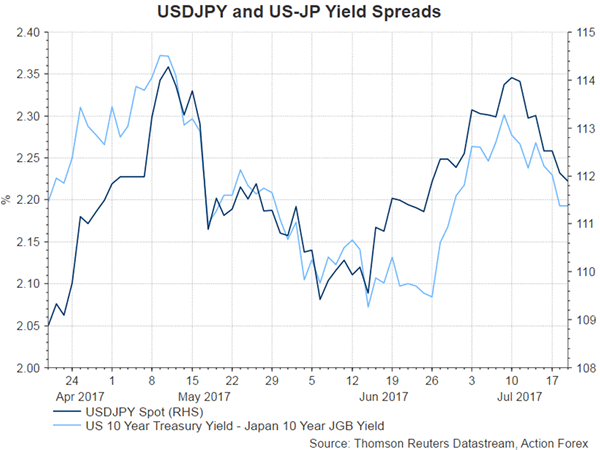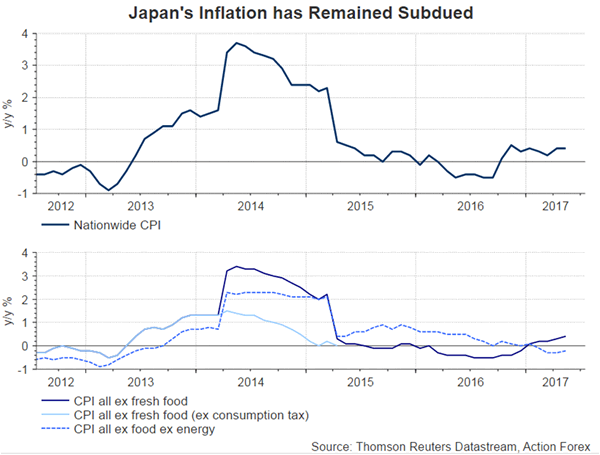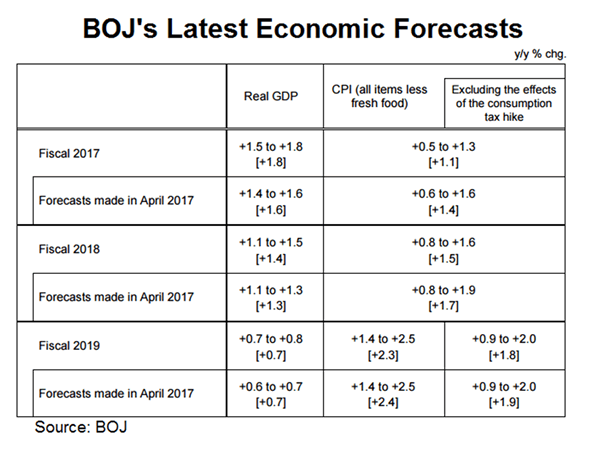As expected, BOJ left its monetary stance unchanged in July. The central bank voted 7-2 to keep its target for 10-year JGBs at around 0% and its short-term deposit rate at -0.1% as expected. It also maintained the measure to buy government bonds at an annual rate of 80 trillion yen. What is more dovish is that the central bank now forecasts it would take longer than previously anticipated for the economy to achieve the +2% inflation target. It is the 6th time that the central bank pushed back the projected timing for achieving the inflation target. USDJPY has rebounded +0.23% since the announcement.

As noted in the accompanying outlook statement, policymakers acknowledged that continuous economic expansion, thanks to the highly accommodative monetary policies. However, they remained concerned over the inflation developments, suggesting that ‘The recent developments in the consumer price index (CPI, all items less fresh food) have been relatively weak, excluding the effects of a rise in energy prices, mainly against the background that firms’ wage- and price-setting stance has remained cautious’. As such, a rise in medium- to long-term inflation expectations has been ‘lagging behind’. BOJ indicated that ‘the year-on-year rate of change in the CPI is likely to continue on an uptrend and increase toward +2%’. While the central bank believed that the +2% target is achievable, the momentum is ‘not yet sufficiently firm, and thus developments in prices continue to warrant careful attention’.

The latest economic projections by BOJ unveiled that the timing for achieving its +2% inflation target has been delayed to sometime during fiscal 2019, from fiscal 2018 previously. Note that BOJ has turned more confident over the GDP growth outlook. At the accompanying statement, BOJ noted that the economy is ‘expanding moderately’, compared with June’s reference that economy was ‘turning toward a moderate expansion’.













